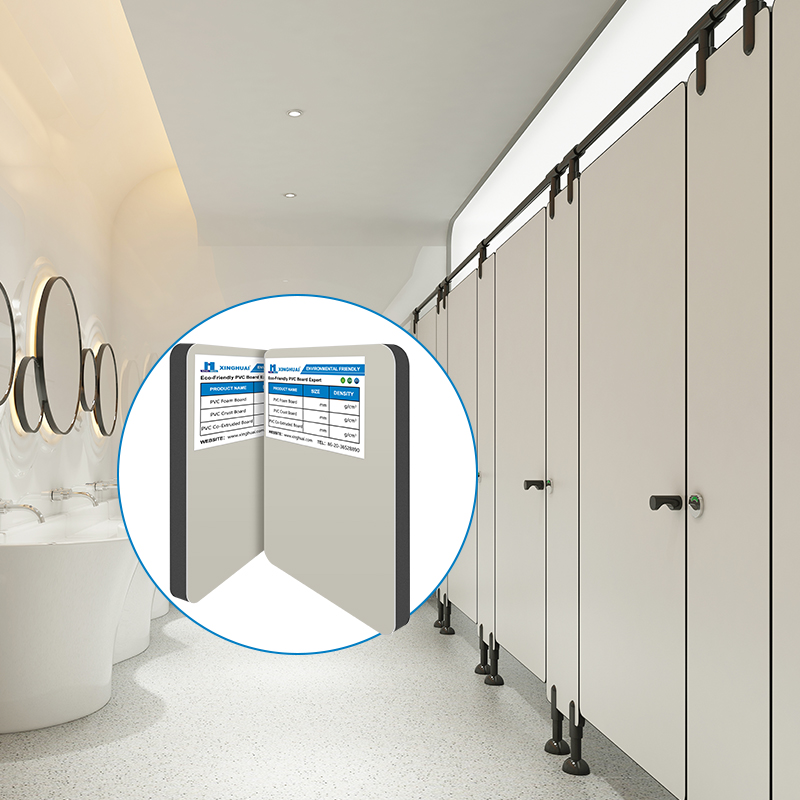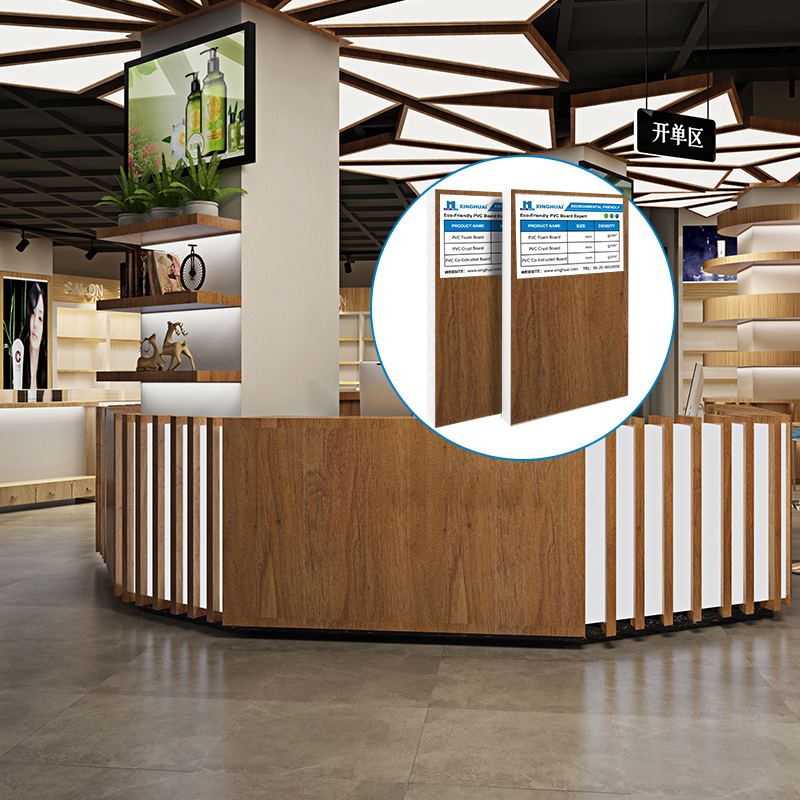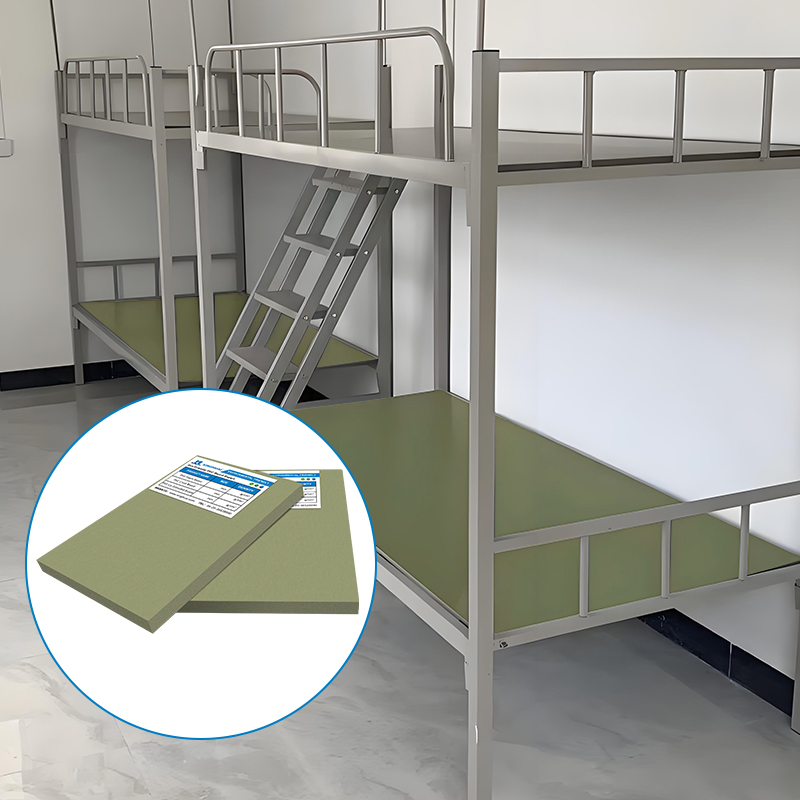Why Does PVC Board Have an Odor?
1. The Chemical Makeup of PVC Boards
Blowing Agents in Foam Structures: For PVC foam board waterproof or lightweight white PVC foam board, blowing agents like azodicarbonamide (ADC) create cellular air pockets. As ADC decomposes during manufacturing, it releases ammonia and other volatile compounds, which linger in the final product—especially noticeable in fresh PVC sheet foam board or dense PVC hard foam board.
Plasticizers and Stabilizers: To enhance flexibility in PVC sheet foam board or durability in PVC hard foam board, plasticizers (e.g., phthalates) and heat stabilizers are added. These chemicals slowly volatilize, emitting a plasticky scent—common in PVC foam board black due to higher pigment loads, or white PVC foam board when exposed to heat.
Residual Monomers: Despite modern processing, trace vinyl chloride monomers may remain in PVC hard foam board or PVC foam board waterproof, contributing a subtle chemical odor, particularly in lower-grade products.
2. Why Odor Varies Across PVC Board Types
White PVC Foam Board: Often used in signage, its bright color may mask residual odors from titanium dioxide pigments. However, cheaper white PVC foam board variants with poor curing release more VOCs, leading to stronger smells.
PVC Sheet Foam Board: The flexible nature of PVC sheet foam board requires higher plasticizer content, making its odor more “oily” and persistent, especially in warm environments.
PVC Hard Foam Board: Dense PVC hard foam board traps more additives within its structure. When cut or sanded, fresh surfaces release trapped VOCs, creating a sharp smell—common in construction-grade hard foam boards.
PVC Foam Board Waterproof: Waterproof coatings or additives in PVC foam board waterproof can slow VOC dissipation, causing odors to linger longer than in uncoated variants.
PVC Foam Board Black: Dark pigments in PVC foam board black often require additional stabilizers, which react with heat during production to emit stronger, more complex odors.
3. Health Implications and Safety Measures
VOC Exposure Risks: VOCs from PVC sheet foam board or PVC hard foam board may irritate mucous membranes in enclosed spaces. Prolonged contact with cheap white PVC foam board in poorly ventilated areas could cause discomfort.
Heat and Combustion Dangers: Never burn PVC foam board (of any color, including black or white), as it releases toxic dioxins. During cutting, use dust masks with PVC hard foam board to avoid inhaling fine particles and VOCs.
Regulatory Compliance: Reputable manufacturers of PVC foam board waterproof or PVC sheet foam board use low-VOC formulations, ensuring their products—from black foam boards to white signage boards—are safe for indoor use.
4. Strategies to Minimize PVC Board Odors
Pre-Ventilation: Unpack PVC sheet foam board or PVC foam board black and let it air out for 2–3 days in a well-ventilated area. This is crucial for waterproof foam boards, which trap more volatile compounds.
Quality Over Cost: Invest in certified low-odor PVC hard foam board or white PVC foam board from brands that prioritize curing time and premium additives.
Seal the Surface: Apply a water-based sealant to PVC foam board waterproof or black foam boards to lock in residual odors, ideal for indoor installations.
Temperature Control: Store PVC sheet foam board or white PVC foam board in cool places, as heat accelerates VOC release in all PVC foam board types.
Proper Handling: When cutting PVC hard foam board or PVC foam board black, use a damp cloth to suppress dust and work outdoors if possible.




